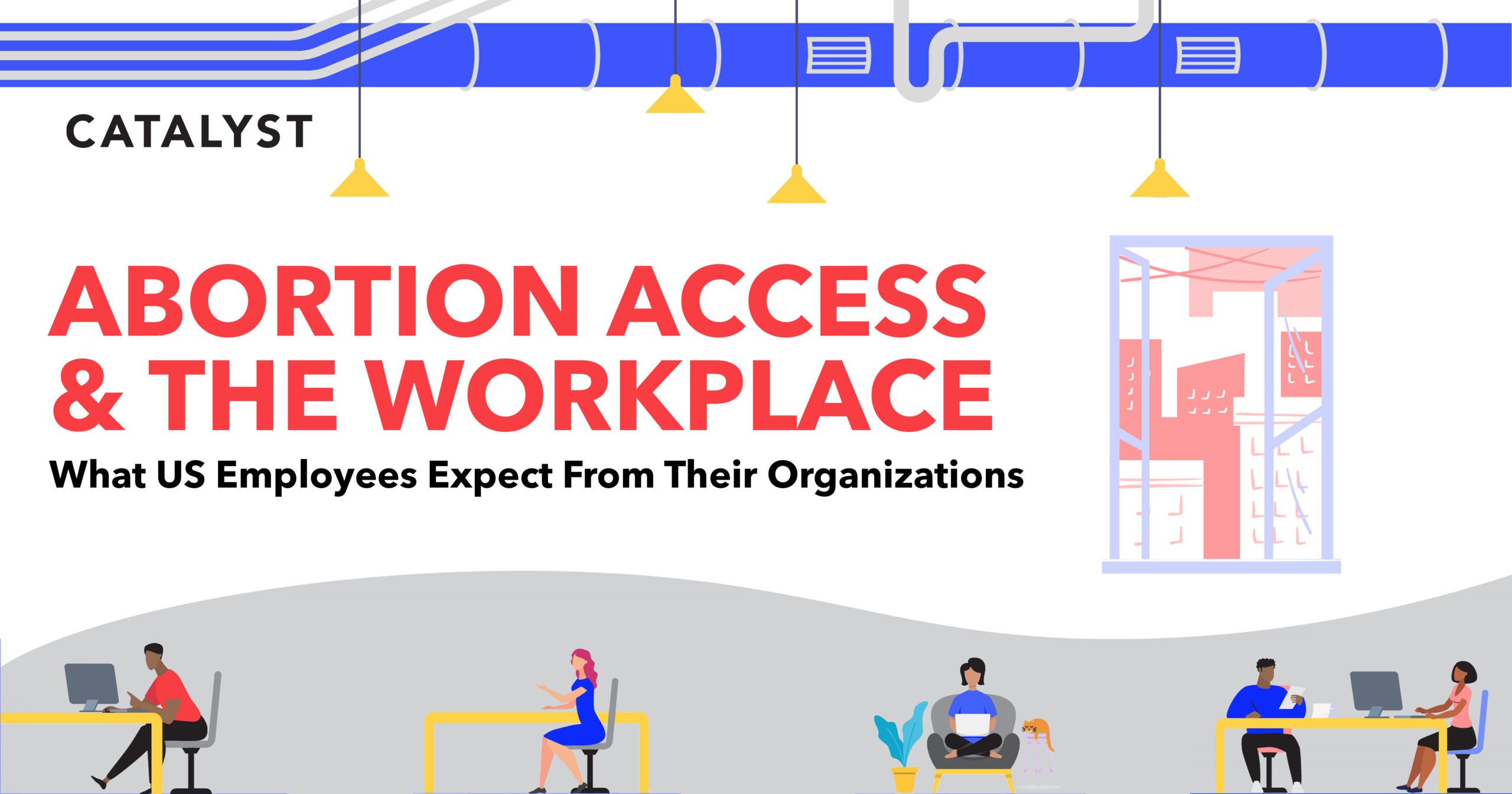Research
Catalyst research is the foundation of all our solutions for creating equitable workplaces. We examine today’s work environments and employees’ experiences in them. We track representation of women in corporate leadership and determine the root causes of gender gaps. We use fact-based, scientific methods—including longitudinal panels and large-scale field studies—to explore barriers and measure success. Whether you’re looking for numbers, ideas, or solutions, Catalyst has what you need. It’s why Catalyst is the most-trusted resource for knowledge on gender and inclusive leadership in the business.
Results

Team Dynamics on the Front Line: How Managers and Organizations Impact This Overlooked Key to Retention
Businesses are losing billions of dollars by overlooking frontline employees. Improving team dynamics can help.

How to Talk About Diversity (Report)
Catalyst offers research-based messaging guidance for senior leaders talking about DEI.

This CEO Community Is Keeping and Advancing Their Best Talent. Are You? (Report)
These 80+ CEOs are advancing pay equity and retaining women at all levels of their organizations. Learn how.

Women on the Front Line: Enabling Them to Thrive, Stay, and Perform (Report)
Women working frontline roles in retail, hospitality, and manufacturing need workplaces that respect their health, well-being, and talent.

How Racism Shows Up at Work and the Antiracist Actions Your Organization Can Take (Report)
New Catalyst report exposes the ways employees of marginalized racial and ethnic groups experience racism at work.

Leveraging Empathy to Build Antiracist Organizations (Report)
Leaders can use empathy to recognize how racial, ethnic, and cultural differences affect our perceptions, actions, and experiences at organizations.

Promises vs. Progress: 2 Keys to Keeping Employees Feeling Good and Staying Put
Data from organizations in 20 countries show organizational accountability to DEI and fair organizational processes are key to employee success.

Antiracist Leaders Must Do More (Report)
New data reveal the intersectional experiences of racism that women from marginalized racial and ethnic groups face at work.

Aligning Actions to Values: Catalyst CEO Champions For Change (Report)
Champion companies continue to outpace their peers in women’s representation at the executive and senior manager levels.

Adapt or Fail: How Managers Can Enable Everyone to Thrive at Work (Report)
Learn about a must-have leadership skill that can future-proof your organization and advance gender and racial equity.

Emotional Tax and Work Teams (Report)
This report reveals that experiences of emotional tax in the workplace are pervasive in Australia, Brazil, Canada, UK, and US.

Abortion Access and the Workplace (Report)
Learn what employees really want from their employers when it comes to abortion access and reproductive healthcare.

Men Interrupting Sexism: A View from 12 Countries
What can organizations do to help men become better partners in the struggle against workplace sexism?

The Risks of Performative Policies (Report)
This report is a wake-up call for CEOs as employers continue to face high turnover via the Great Resignation.

The Great Work/Life Divide in Canada (Report)
Catalyst-CNBC survey in Canada finds unfulfilled desire for flexible and/or remote work during the pandemic.

Three Inclusive Team Norms That Drive Success (Report)
Catalyst research shows that only one-third of employees experience inclusive team dynamics. Learn how to create more inclusive teams.

Engaging Men: Barriers and Gender Norms (Report)
For men to be effective advocates for change, we must understand gender norms and personal barriers that can undermine progress.

Engaging Men: Journey Toward Equity (Report)
By engaging men in equity and inclusion conversations, organizations can create a sustaining culture that truly lives out those values.

Prioritizing Equity at a Pivotal Moment: The Catalyst CEO Champions For Change (Report)
These 70+ CEOS led 11 million employees through one of the most tumultuous times in recent history.

When Managers Are Open, Men Feel Heard and Interrupt Sexism (Report)
Managers are uniquely positioned to make men feel their voices are welcome and to contribute to a culture of openness.